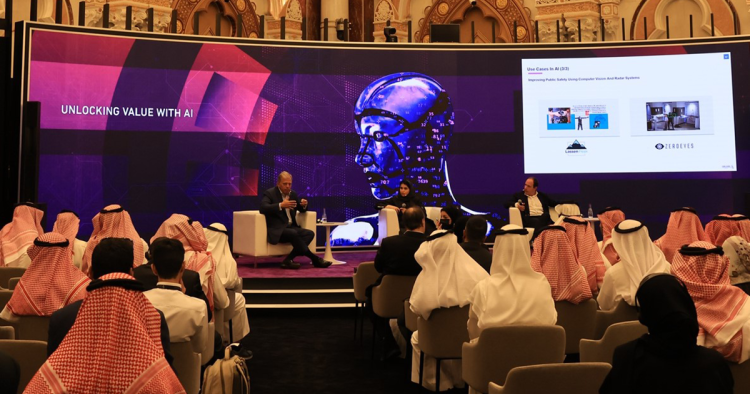Artificial intelligence is expected to significantly impact humanity's progress, to the extent that Google CEO Sundar Pichai compares AI-induced advancement to being on par with that ushered in by fire and electricity. There are plenty of skeptics, however, like world-renowned scientist Stephen Hawking, who have raised doubts about whether AI can be controlled in the long term and speculated that its development could even spell the end of the human race. In his view, AI's short-term impacts will depend on “who controls it.”
AI has long baffled many who have tried to wrap their heads around how machines can be intelligent and why they are intelligent if artificial. With such complex questions, explaining the impact of AI by explaining who controls it is not easy. To decode this, one would need to understand the whole process, from how AI is born, to how it is shaped, utilized, and, in the end, implemented. Kate Crawford has done this with her recent book, Atlas of AI.
Crawford sheds light on the environmental costs of AI and spells out why AI is anything but intelligent. The book dives into how AI will influence the geopolitics of water and energy, explaining how the underlying infrastructure that sustains AI systems depends upon electricity produced by non-renewable sources like coal, and on large amounts of water diverted from natural habitats that rely on it. Crawford also argues why AI functions as a power structure, and how it is intervening and remapping the world. For this, she takes the reader around the globe — from the lithium mines of Nevada to the hill towns of Papua New Guinea — to explain AI’s journey from extractive mining to AI applications for purposes like emotion analysis.
Throughout the book, Crawford uses several examples with the dual objective of raising questions and explaining how developments in the AI domain resemble strategies and tricks used in the past to influence, control, and explain societal behavior. She compares AI systems with Potemkin villages — decorated facades designed to distract observers from the background — as they demonstrate intelligence while relying on human labor. She borrows Achille Mbeme’s concept of infrastructural warfare (which she defines as state-corporate collaboration) to underline the evolving relationships between the state, militaries, and the AI industry.
Crawford highlights the factors contributing to the AI industry's expansion — from defense funding and federal subsidies to unpaid labor and the centralization of state control — and the main beneficiaries emerging from this rapidly evolving domain, with the "Great Houses of AI," as the author deems them, taking control. By applying the ideology of data extraction, she explains why AI neutralizes the personal, social, and political meanings of data. Furthermore, she argues that AI leads to two future possibilities: a tech utopia or a tech dystopia.
Atlas of AI provides readers with a framework to understand how AI is now deeply embedded in politics and geopolitics and how its impacts span the environmental, military, socio-cultural, and economic realms. For anyone wanting to make sense of most debates concerning AI, this book is a prized resource.
Divyanshu Jindal is a Research Associate at the Centre for Air Power Studies, New Delhi, India. His research interests revolve around the geopolitics of cyber and tech.
Photo by Hu Guan/Xinhua via Getty Images
The Middle East Institute (MEI) is an independent, non-partisan, non-for-profit, educational organization. It does not engage in advocacy and its scholars’ opinions are their own. MEI welcomes financial donations, but retains sole editorial control over its work and its publications reflect only the authors’ views. For a listing of MEI donors, please click here.













